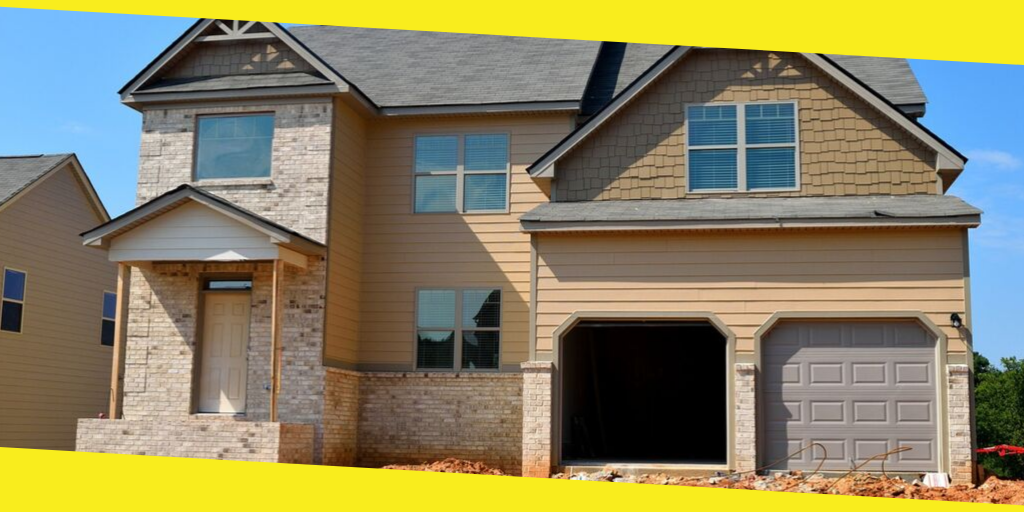Maximizing Profit and Minimizing Loss: Guidelines for Fix and Flip Investors
This post was last updated on December 2nd, 2024

Many real estate investors try to earn a steady income by fixing and flipping distressed properties and selling them for a profit. Fix and flip investors are most focused on buying low and selling high, maximizing their income and minimizing the time that the property is held by the original purchaser to decrease expenses. By completing the transactions as fast as possible, these investors also restrict many of the risks surrounding their capital and total expenditures.
On average, the returns on fix and flip projects vary depending on which state across the US the project is located in, but the amount of house flippers in total has been increasing steadily. In order to join the ranks of successful investors, new entrants will need to learn how to maximize their own profits while minimizing any potential losses on their next project.
These are the key guidelines fix and flip investors need to be aware of when taking on their first real estate project:
Speedy Sellers
The focus for fix and flip investors should always be to maximize returns and minimize the amount of holding time. This is due to the fact that the longer the property is held by the investor, the more the costs such as property taxes and interest add up and eat away at the profit. This is why it’s essential for investors to research financing options carefully prior to getting started, deciding which method is best for their strategy and which lender is most suitable.
Real estate investors that use their own money can decrease some of the costs of capital, but even so, there will be set expenses such as property holding costs. Typically, when it comes to income earned from these transactions, fix and flip investors can expect to see an average gross profit of $60,000.
Talking Numbers
Ultimately when fixing and flipping, to maximize any potential profits, it’s also important to consider which renovations truly add value to the property and which will eat into profits and make little difference to the final sale price. Fix and flip investors should also be keenly familiar with property taxes, how they work and which are applicable to their project.
Professional fix and flippers will take their time and do their due diligence to find the property which offers both valuable reselling potential, but also will have manageable operating costs and loan repayment terms so as to enable the investor to make a profit. In terms of financing, if the investor has little seed money of their own, a hard money lender, a private loan from someone in the investor’s network, or even crowdfunding could be an option for financing the flip.
Starting On Solid Ground
Finding the right property can be a difficult and time-consuming venture, sometimes lasting months and involving input from a multitude of sources. Properties can also be located via a network of real estate professionals such as realtors, or via a selection of online search portals. Newer fix and flip investors should look for properties needing more cosmetic renovation rather than structural upgrades, to minimize current and future expenditures and risks. Need help establishing whether your next project will be profitable? Use a hard money loan calculator to calculate your potential ROI.
For this reason, properties needing reroofing, and large-scale wiring and electrical changes are often not good selections due to the total cost of implementation, maintenance and other expenditures associated with their upkeep. Investors should also be wary of properties with foundation issues, which can be similarly expensive to repair.
Exit Strategies
Fix and flip investors always estimate their profit margins prior to starting a new project, measured against their total expenditures and expected holding costs. But when renovating, some factors and occurrences will be out of the investor’s control and can affect the profit outcome.
The real estate market may fluctuate out of the blue or unexpected expenses could pop up and cause situations affecting the property’s final price. In certain cases, holding and renting a renovated property may be a better option than selling at a loss, making this a good method for investors to keep up their sleeve in case of issues. Investors should always have multiple exit strategies ready for a variety of situations, such as the market experiencing a sudden downturn.
Taking on a new fix and flip investment property is a big undertaking, even for more experienced investors who have successfully completed these transactions before. Some factors have been found to contribute to maximum profits, such as holding the property for the absolute minimum amount of time to lessen expenses, choosing the right property from the start and being wary of properties with structural issues which can quickly become expensive are only a few.
Planning multiple exit strategies in case of market fluctuations or other unforeseen occurrences could save the investor from selling at a loss. At the end of the day, the onus is on the investor to do their due diligence to maximize their profits.
You may like this
Recommended For You
Important Security Technology For Your Business
Most Inside
Most Inside offers high-quality recommendations and valuable updates to enhance all aspects of your life, providing premium guidance and enriching experiences.




